Understanding your dog’s behavior helps to get closer to the dog. Breed analysis helps to understand different behavioral patterns. But this is not always the best way. Often individual behavior is different from breed analysis. Improper ownership plays a vital role in the aggressiveness of dogs. In this post “Identifying Dog Breed and Aggressiveness” we will focus on the relation of a dog’s aggressiveness with its breed. Rectifying the myths is important to promote dog adoption. Also, there are some legal responsibilities related to adopting aggressive dogs. We will try to provide proper guidance so that you can make an informed decision regarding your dog. Keep reading to ensure you are not getting discouraged due to myths.
Table of Contents
Understanding Dog Breeds and Their Behavior
Different dogs show some specific behavior traits. These might or might not be influenced by breed standards. In general diversity of breeds varies in athletic stamina, protective nature, and aggression levels. Behavioral differences are mainly influenced by environmental factors. Factors like high prey drive, size, or breed bans impact breed behavior. NLP terms such as bull terrier, presa canario, German shepherd dog, and American Kennel Club can provide deeper insights into breed-specific behaviors. Understanding these distinctions is crucial for tailored training and care.
Diversity of Dog Breeds
The wide array of dog breeds spans from tiny companions to large protectors, each with its distinct traits. Factors like gentleness, protectiveness, and mental stimulation are crucial for breeds around small children. On the other hand guard dogs need to have aggressiveness and higher prey drive. Breed standards that influence behavior, size, and public health. Thus it becomes a vital factor to consider when choosing a pet. Some breeds are known for their protective instincts, guard dog nature, or athletic stamina. Sometimes these can contribute to aggressive behaviors.
Breeds and their Distinct Behaviors

When considering a pet dog, it’s vital to understand that each breed has its own set of breed standards that can significantly influence behavior, protective nature, and public health. Factors such as small size, high prey drive, protective nature, mental stimulation, and athletic stamina are all influenced by breed differences, environmental factors, disease control, and demographic factors. The behavior of breed dogs is indicative of their breed standards, making it essential for dog breeders, owners, and public health considerations.
Proper training, environmental factors, disease control, and demographic factors play a crucial role in influencing aggressive protectors, guard dog instincts, and high prey drive in different breeds of dogs, especially when considering factors such as small children, family members, young age, male dogs, and first-time dog owners.
Relationship Between Breed and Aggression
Environmental factors play a more important role in developing aggressiveness compared to breed specifications. Aggressive behavior in dogs can be indicative of breed differences. Thus it has become crucial to public health considerations. Specific breeds like Bull Terriers, Presa Canarios, and German shepherd dogs, are known for their protectiveness and high prey drive. Therefore they should be chosen with careful consideration of these traits. The behavior of these breeds can also be influenced by environmental factors.
It is essential to understand the impact of the dog’s surroundings on its demeanor.
Factors Influencing Aggression in Dogs
How Breed Contributes to Aggression
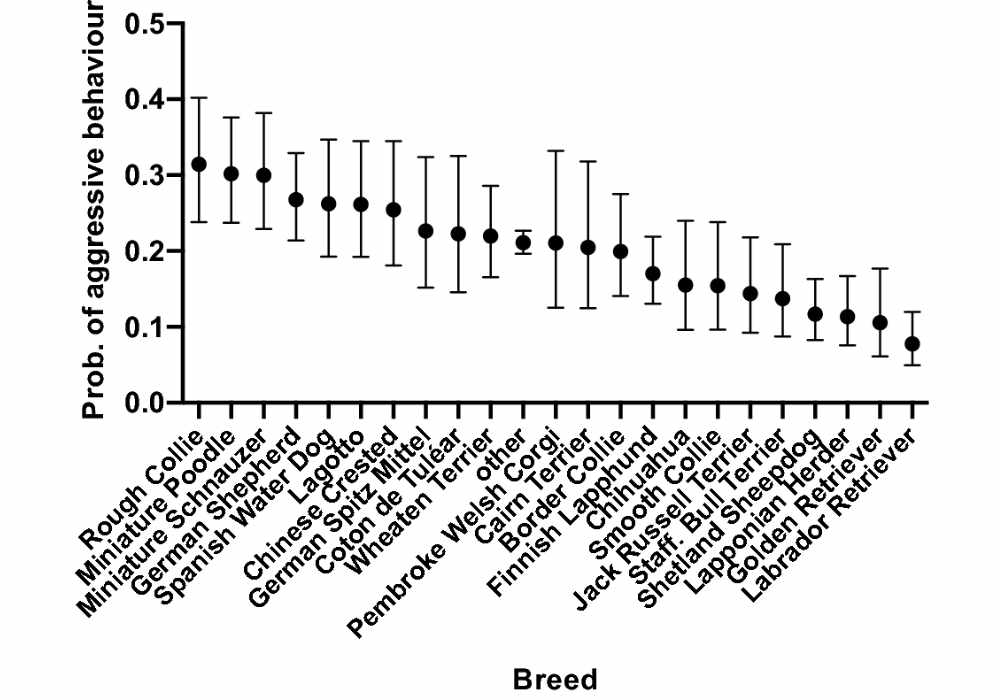
Breed differences influence some behavior traits in dogs. Some factors include guard dog instincts, high prey drive, small size, and athletic stamina. The behavior of aggressive dog breeds can be influenced by breed standards, protective nature, proper training, and mental stimulation. Sometimes dogs with aggressive traits are trained to be more aggressive. They are trained to be guard dogs.
Moreover, family members, public response, and health status also contribute to aggressive behavior. These are major factors. So it is important to consider when understanding how breed contributes to aggression.
Notable Dog Breeds Prone to Aggression
Pit bulls, Rottweilers, and German Shepherds are notable for their aggressive behavior. Their genes always make them aggressive and protective. These breeds have a significant reputation for their aggressive behavior. Often attributed to guard dog instincts with high prey drive. The controversial nature of Rottweilers and the protective instincts of German Shepherds contribute to their image. Understanding the aggressive behavior of these breeds is crucial when choosing a pet dog, considering their unique characteristics and potential challenges in training.
Pit Bulls and Their Reputation
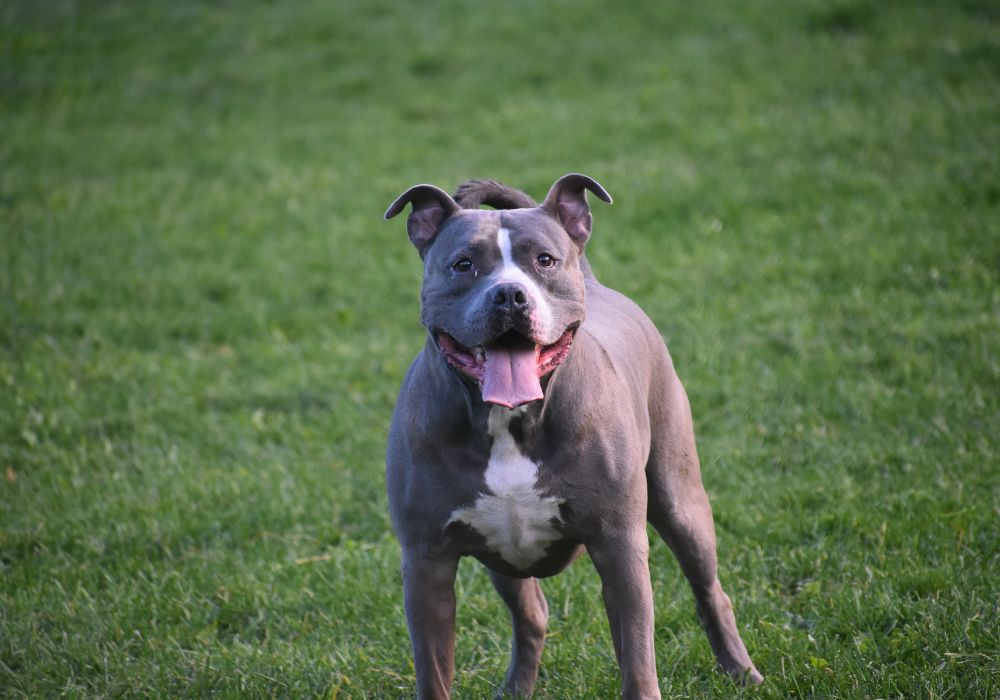
Rottweilers – Misunderstood or Justly Feared?

The Controversy Around German Shepherds
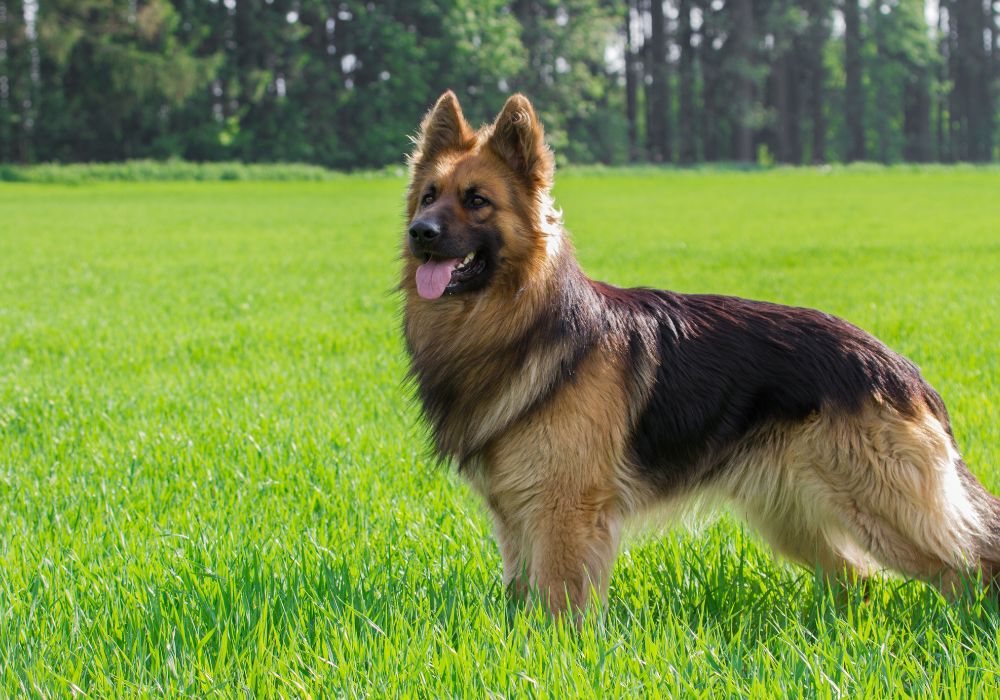
Chihuahuas – Small Dogs, Big Aggression?
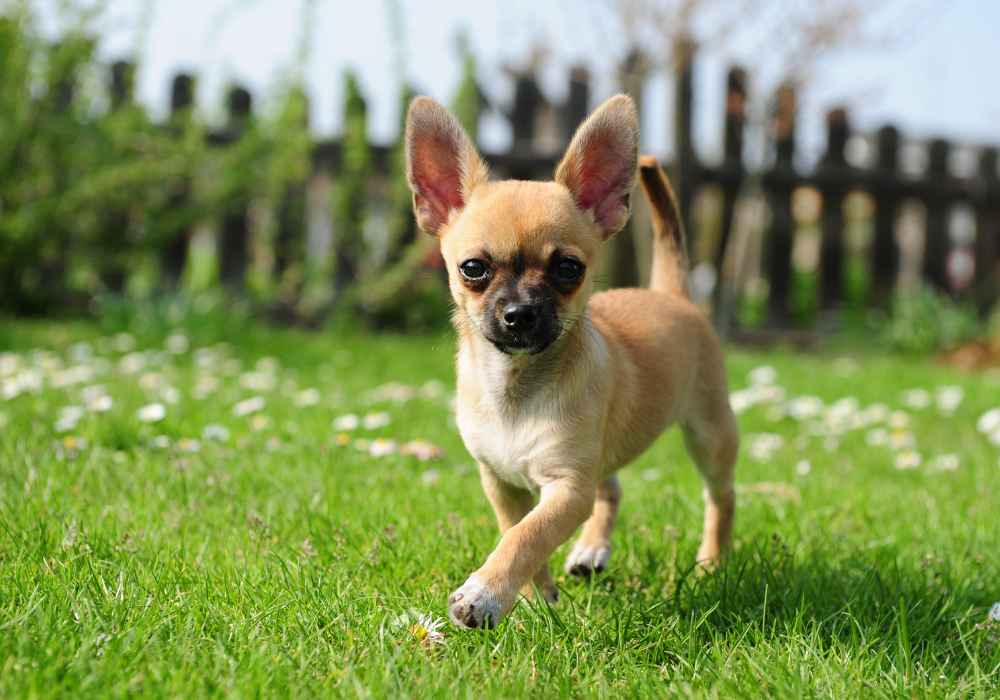
Dobermans – Born Aggressive or Trained to be?

Understanding Aggression in Mixed Breeds
Aggression in mixed breeds can be from genetic and environmental influences. Previous studies have shown the influence of both breed-specific traits and environment. The protective nature of mixed breeds can lead to aggressive behavior. They are often influenced by their size. With proper training, mixed breeds can become well-behaved family members. Understanding the impact of genetic factors, environmental stimuli, and the size of the dog can help in addressing and managing aggressive behavior in mixed breeds.
The Complexity of Mixed Breeds
Mixed-breed dogs inherit diverse traits from each breed. These impact their behavior. Recognizing these breeds is crucial in addressing aggressive behavior. Behavior can significantly differ depending on a mixed-breed dog’s lineage. Also, the breeds in their lineage can influence a mixed-breed dog’s prey drive and behavior. Understanding the complexities of mixed breeds’ behavior aids in effective training.
How Mixing Breeds Affects Aggression?
Mixing breeds contributes to the complexity of a dog’s behavior and aggression. The combination of breed characteristics influences the behavior of mixed-breed dogs, including their potential for aggressive behavior. Environmental factors also play a role in shaping the behavior of mixed-breed dogs and can contribute to aggression. Additionally, the breeds mixed with a dog can impact its protective instincts. This may lead to aggressive behavior.
Understanding how mixing breeds affects aggression is essential in addressing and managing the behavior of mixed-breed dogs, taking into account the influences of genetic predisposition and environmental factors.
Addressing Aggression – The Role of Training
Proper training is vital in managing aggressive behavior in dogs, regardless of breed. Owners hold a significant responsibility in training their dogs against aggression. Seeking professional assistance can lead to effective training outcomes. Even dogs of aggressive breeds can learn to control their protective instincts through training. Training plays a key role in managing aggressive behavior and promoting positive interactions between dogs and humans.
Basics of Training Against Aggression

Training plays a vital role in redirecting aggressive behavior in dogs towards positive activities. Consistent and positive reinforcement training can effectively modify the behavior of aggressive protectors, including breeds like Bull Terrier, Presa Canario, and German Shepherd dogs. It is essential to use appropriate training methods to ensure that dogs from the most aggressive breeds are well-behaved.
Training against aggressive behavior demands patience, consistency, and understanding. Whether it’s a chow chow, cane corso, or dogo argentino breed identification can help in training. With the right techniques, training can help mitigate aggressive behavior, regardless of the breed.
Importance of Professional Help in Severe Cases
In severe cases of aggressive behavior in dogs, professional guidance is essential. Behavioral experts can assess and develop specific training plans, providing insight into the contributing factors. Seeking professional help helps dog owners manage and control aggressive behavior effectively. Specialized training programs are especially beneficial for severe cases. Offering tailored assistance and support might be necessary.
From bull terriers to golden retrievers, all breeds can benefit from professional intervention. Whether it’s a presa canario or a miniature pinscher, professional help can make a significant difference in addressing aggressive behavior.
Responsible Ownership and Aggressive Breeds
Responsible ownership entails comprehending the breed characteristics of aggressive dogs, including bull terriers, presa canarios, and German shepherd dogs. Awareness of their protective nature and tendencies is crucial for owners of aggressive breeds like cane corsos and chow chows. Effective training and socialization play a pivotal role in responsible ownership.
Successfully managing aggressive behavior in dogs requires commitment, especially with breeds like Perros de presa canario and American Staffordshire terriers. Prioritizing proper training, socialization, and safety measures is a must for responsible owners.
Necessary Precautions for Owners of Aggressive Breeds
To prevent aggressive behavior, owners of aggressive breeds must understand potential triggers. Proper containment and safety measures are essential for the well-being of both the dog and the human. Educating family members, especially children, about the behavior of aggressive breeds is unavoidable. Proactivity in avoiding situations that may trigger aggressive behavior is key.
By being mindful of these necessary precautions, owners can create a safe and harmonious environment for their aggressive breeds, such as bull terriers, presa canarios, German shepherd dogs, cane corsos, and chow chows, among others.
Legal Responsibilities and Liabilities for Owners
Dog breed laws vary by location. They are formulated for the awareness of locals. Understanding legal responsibilities helps owners guard against liabilities. Regardless of the breed, owners can be held accountable for their dog’s aggressive behavior. Being informed about legal consequences is a vital part of making informed decisions. Owners should know and fulfill their responsibilities to prevent accidents.
Debunking Myths About Aggressive Dog Breeds

Certain breeds are not inherently aggressive. Many factors contribute to aggression, including training, environment, and individual behavior. It’s vital to break myths that unfairly generalize breeds. Research has found that breed-specific legislation is ineffective. Evidence suggests emphasizing the importance of understanding breed behavior and individual behavior is necessary. Debunking misconceptions about aggressive breeds can help promote a fair and accurate understanding of dog behavior.
Breed behavior and aggression are complex topics that require careful consideration. Unfortunately, breed-specific stereotypes hinder progress in addressing aggressive behavior effectively.
Fact Versus Fiction in Breed-Based Aggression
The behavior of different breeds varies. Remember not all are predisposed to aggression. Understanding breed behavior based on facts is essential for proper training and socialization. Various factors influence breed-related aggression, as indicated by studies. It’s crucial to rely on verified facts rather than general assumptions about breeds. Utilizing NLP terms like “golden retriever” and “American kennel club” will enhance the informative nature of the content.
The Impact of Media on Breed Perception
Media portrayal shapes public perception of dog breeds, leading to inaccurate stereotypes. Sensationalized coverage can have far-reaching consequences. The media’s portrayal of breeds like bull terriers, German Shepherds, and Cane Corsos influences public perception. Additionally, coverage of dog fighting and aggressive behavior contributes to skewed perceptions of breeds like Dogo Argentinos or Presa Canarios. The impact of media on breed perception is significant.
Future Prospects for Aggressive Breeds

Focused training and proper socialization play a crucial role in positively influencing breed behavior. Prioritizing responsible pet ownership and breed-specific training in future strategies can remove aggression effectively. Progressive approaches are key to addressing breed behavior issues and creating safer pet communities. Research and education are pivotal in shaping the future of breed behavior management. Understanding breed behavior can foster a harmonious environment.
The Role of Breeders and Legislation
Responsible breeding significantly influences breed behavior and temperament, impacting aggression levels. Legislation plays a key role in setting standards for breed behavior, which can influence breeders’ practices. It also affects the breeding of certain breeds known for aggression, like the presa canario. Promoting responsible ownership and proper training contributes to managing breed behavior.
Legislation, such as breed-specific laws in the United Kingdom and the United States, influences breeding practices, impacting breed behavior and aggression. Breeders must prioritize responsible practices to manage aggressive behavior effectively.
Can Any Dog Breed Truly Be Deemed the Most Aggressive?
No, a specific breed cannot be deemed as the most aggressive one. While breed behavior studies suggest that breed differences exist, deeming any breed as the most aggressive oversimplifies the issue. Factors like genetics, environment, and individual behavior contribute to a dog’s aggression. Understanding breed behavior requires a comprehensive understanding of various factors.
Frequently Asked Questions
How do I know what type of aggression my dog has?
Understanding your dog’s aggression is crucial for effective training. Watch for signs of fear, territoriality, or dominance in their behavior and body language. If you’re unsure, consult a professional trainer or behaviorist for a personalized evaluation and training plan. Early intervention is key to ensuring the safety of both your dog and others around them.
Does dog breed determine aggression?
Breed alone does not determine aggression in dogs. Factors like training, socialization, and individual temperament play a significant role. While certain breeds may have predispositions, it’s important to evaluate each dog as an individual rather than solely based on their breed.
Is Dog Reactivity Different from Aggressive Behavior?
Dog reactivity and aggressive behavior are distinct. Reactivity stems from fear or anxiety, while aggression involves intentional harm. Reactive dogs display signs of discomfort, like barking or pulling on the leash. Aggressive dogs show intent to harm, such as growling, biting, or lunging.
Are Aggressive Dog Breeds Safe to Own?
While no dog breed is inherently aggressive, it’s important to consider their tendencies. Aggression can result from poor training and socialization. Researching and understanding a breed’s characteristics is crucial. Proper training and socialization can prevent aggression in any breed.
What are some common signs of aggression in dogs?
Common signs of aggression in dogs include growling, snarling, barking, showing teeth, biting, raised hackles, stiff body posture, and intense eye contact. If you notice any of these signs in your dog, it is important to seek professional help to address the aggression.
What are some of the underrated dog breeds and why?
Some lesser-known dog breeds that deserve more recognition are the Australian Cattle Dog, Basenji, and Keeshond. These breeds have unique qualities, such as intelligence, quietness, cleanliness, and playfulness. With proper training and care, they can make excellent companions for those looking for something different.
Conclusion
Learning about dog breeds and their behavior is crucial in dealing with aggression. While certain breeds may have a reputation for aggression, it’s important not to generalize. Factors such as training, socialization, and temperament play a significant role. Responsible ownership, including proper training and socialization, is key. The future lies in responsible breeders and legislation promoting responsible ownership. Ultimately, dog owners are responsible for their pets’ well-being and safety, regardless of breed.
Share me if you have any stories and thoughts. I would love to read your feedback. Stay with a dog cluster and gather knowledge about dogs.

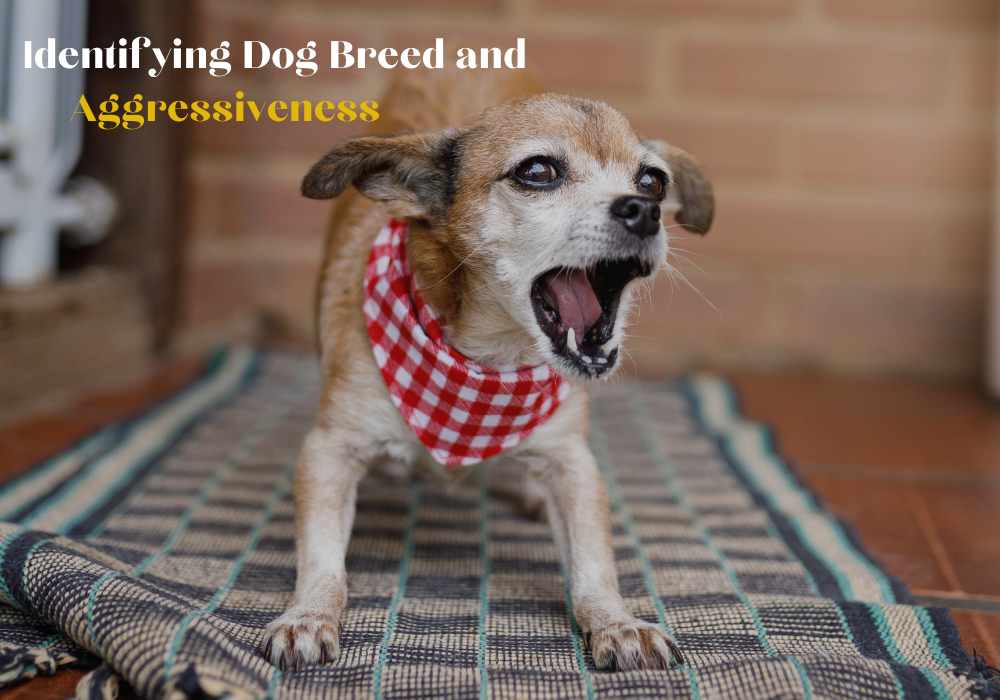
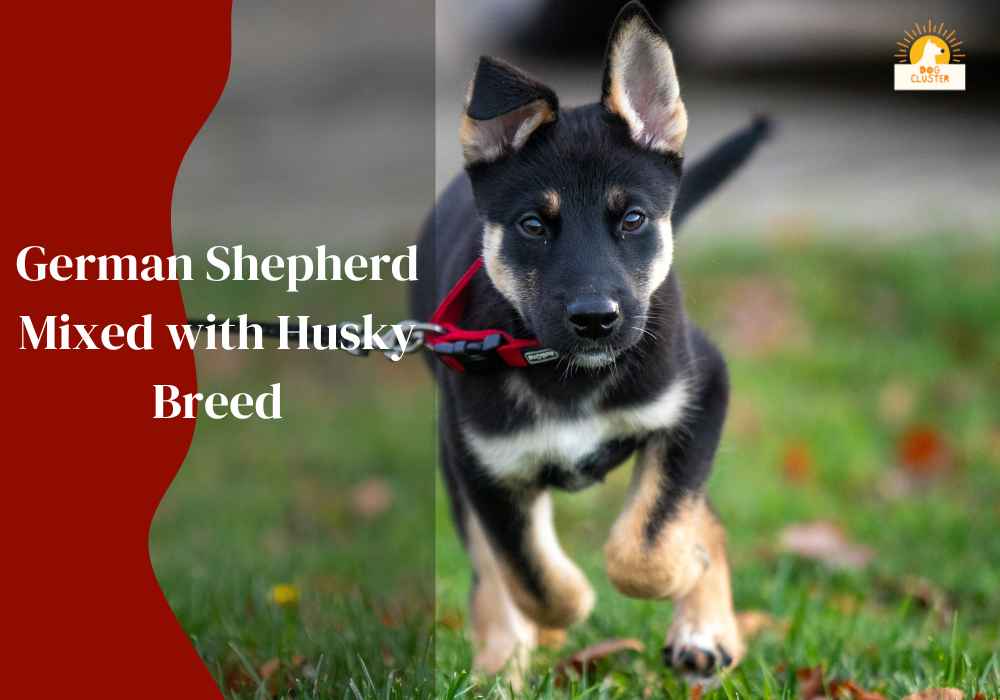
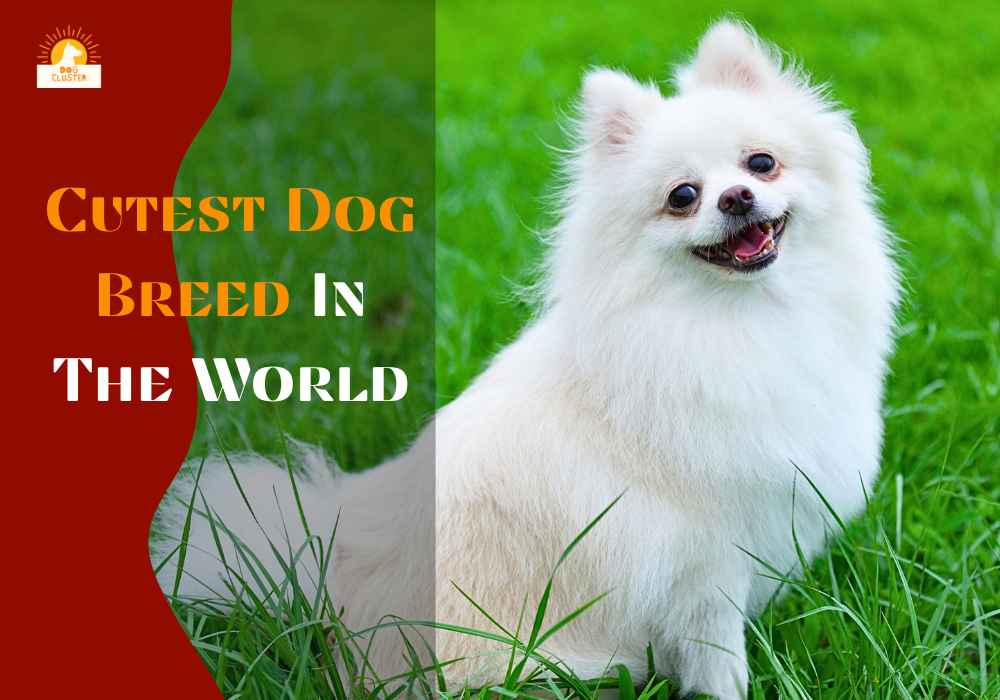

Leave a Reply